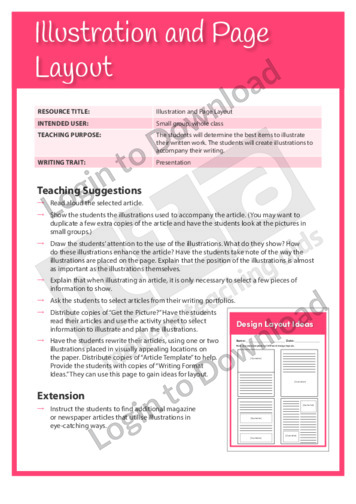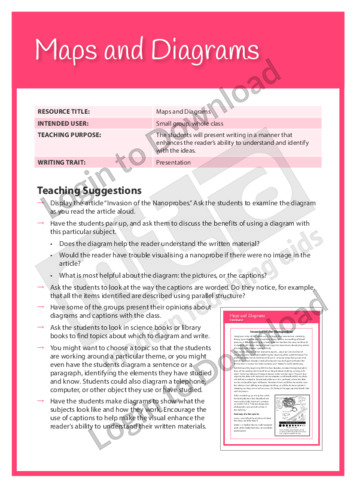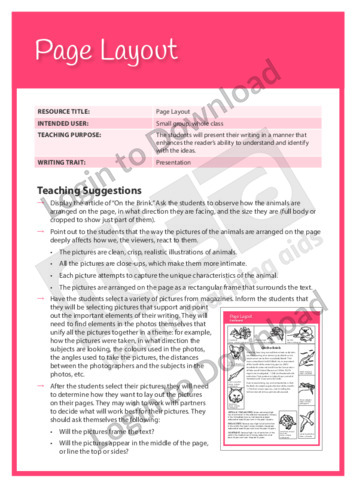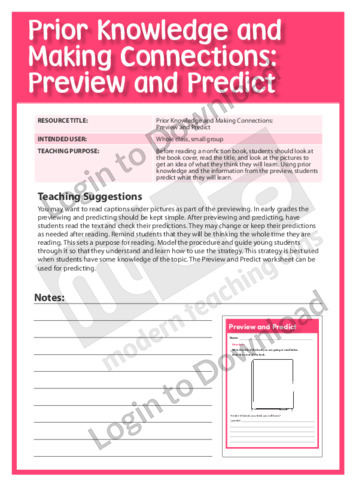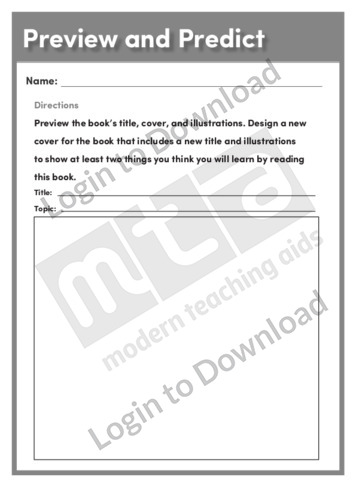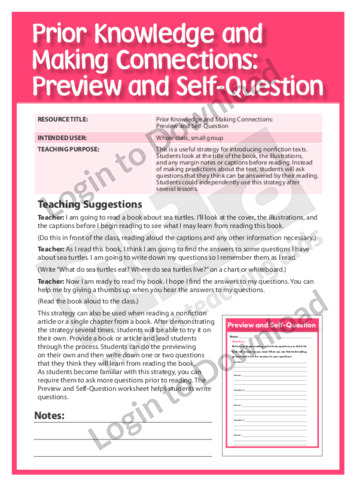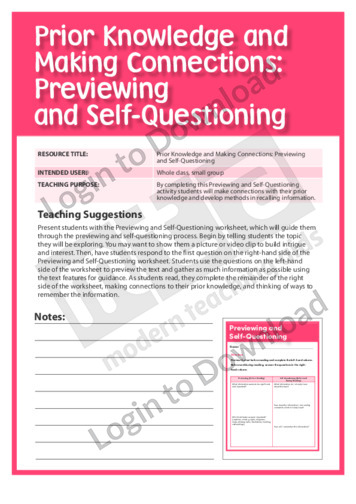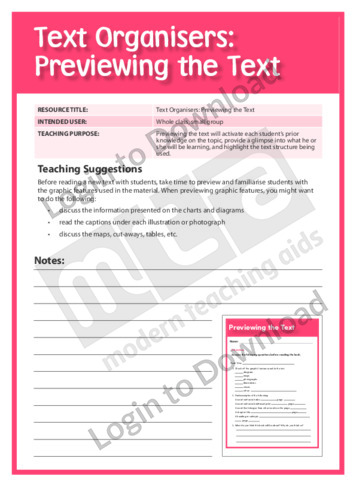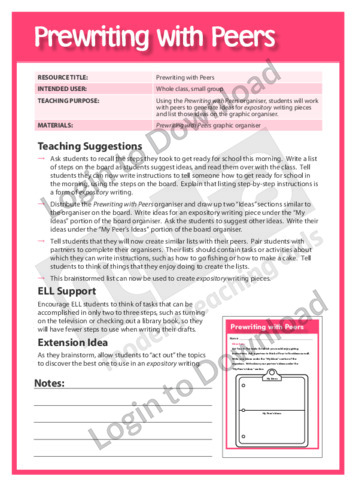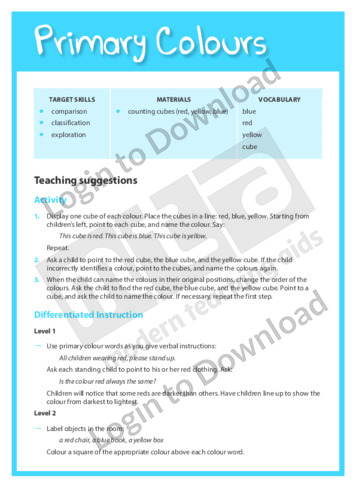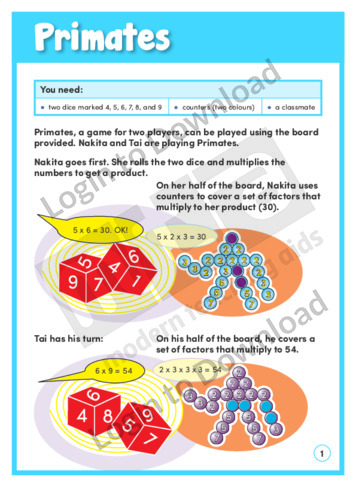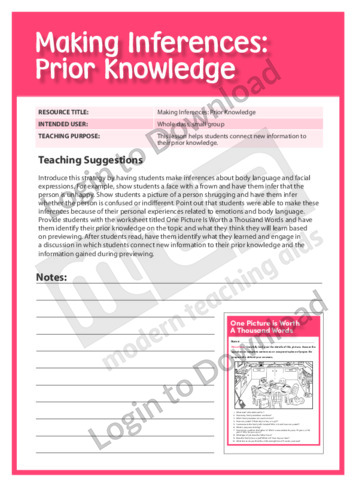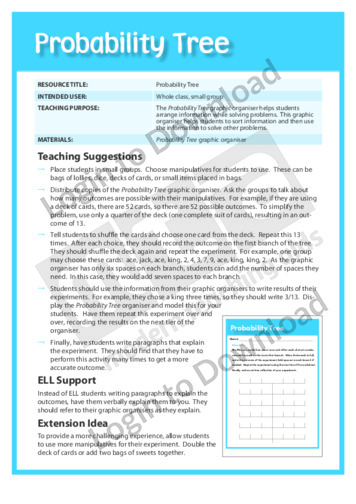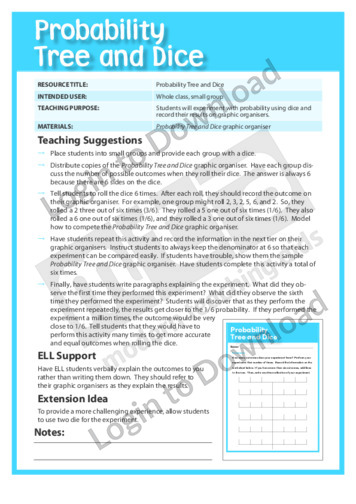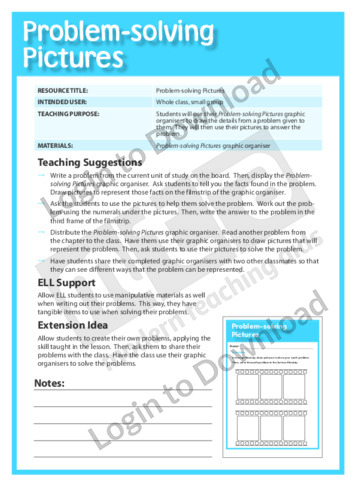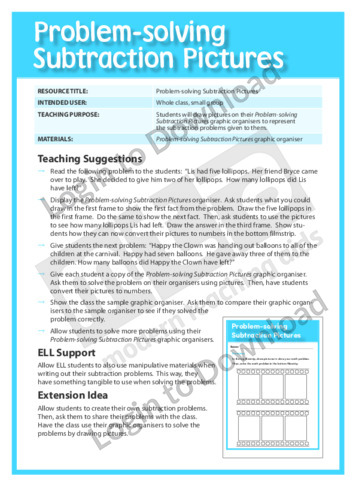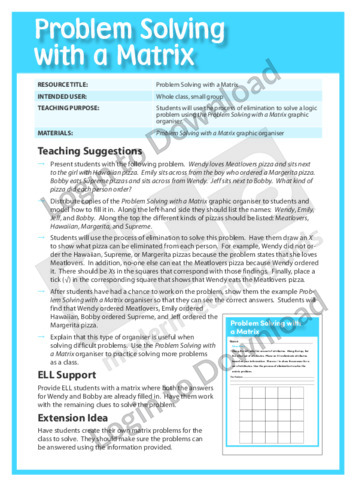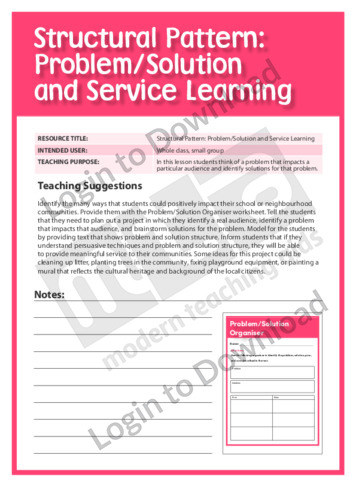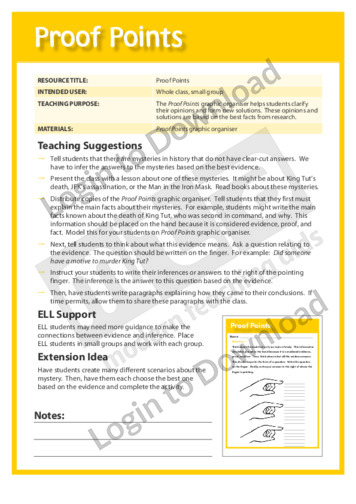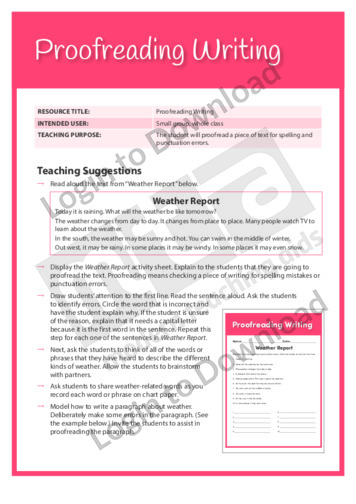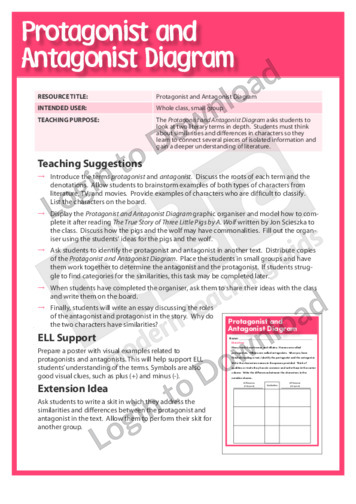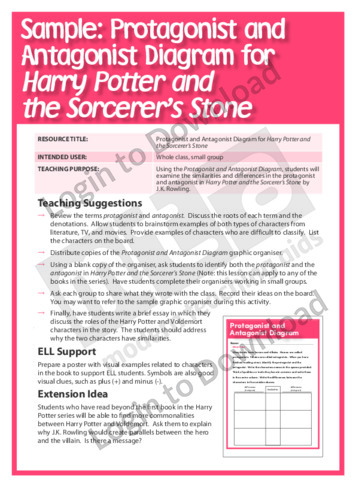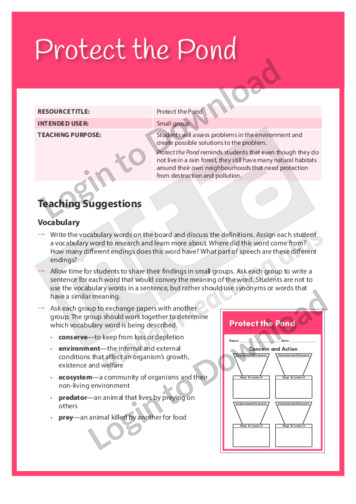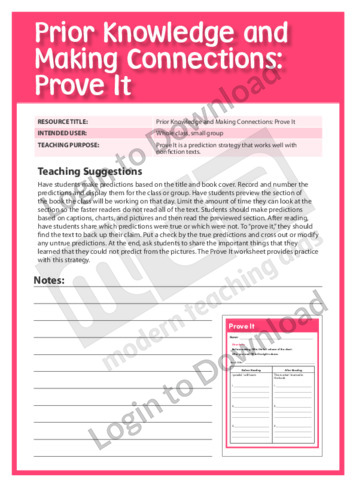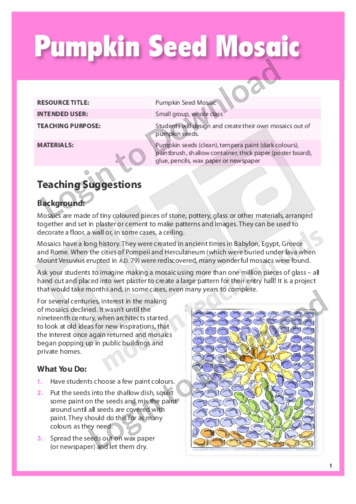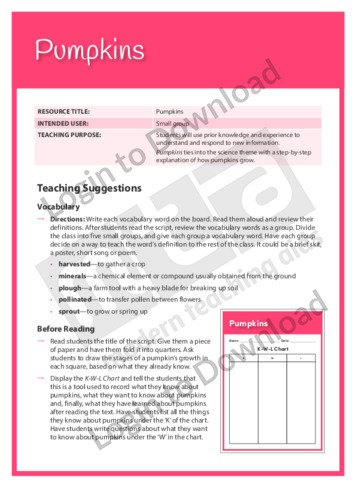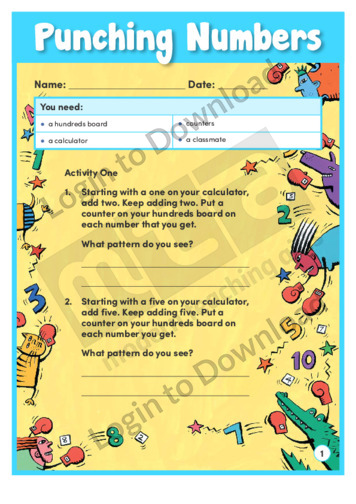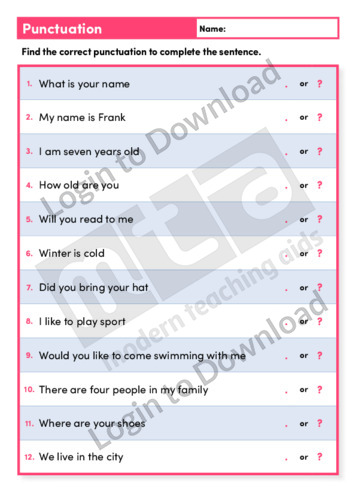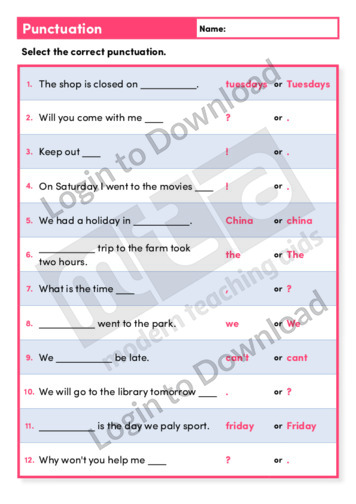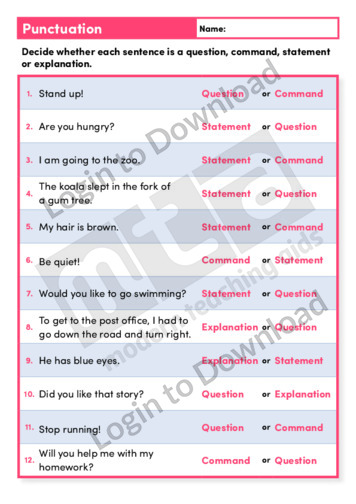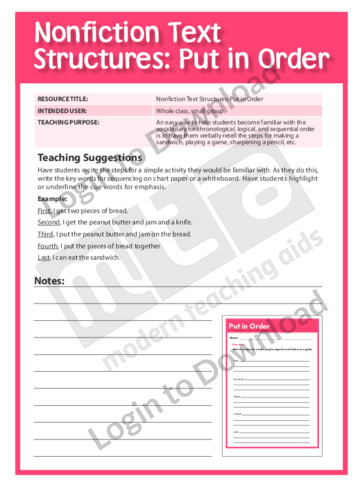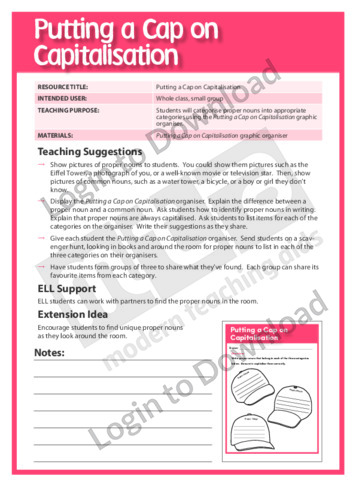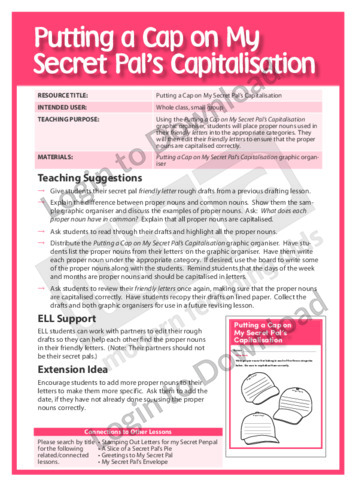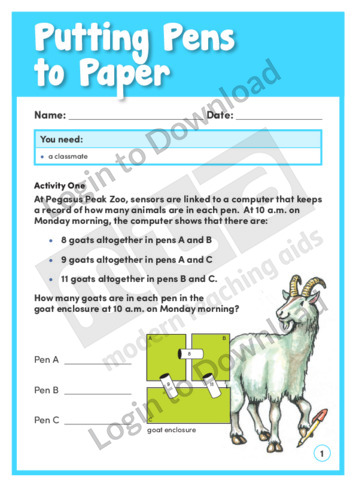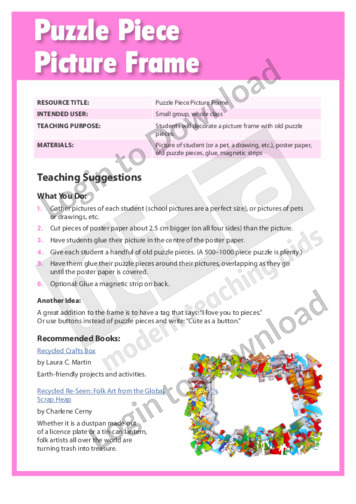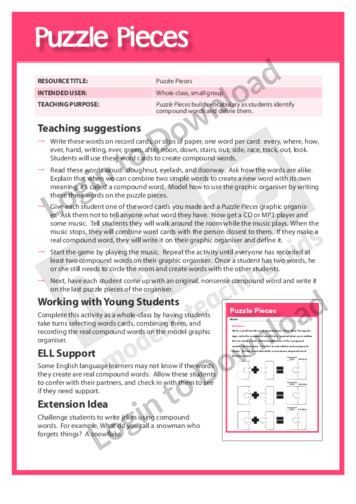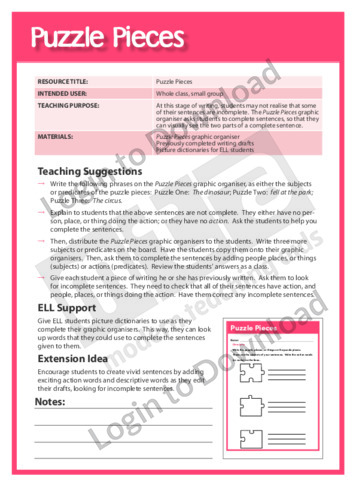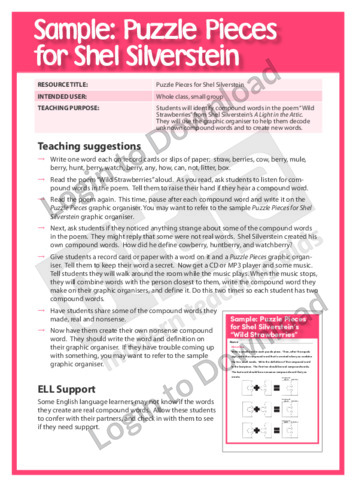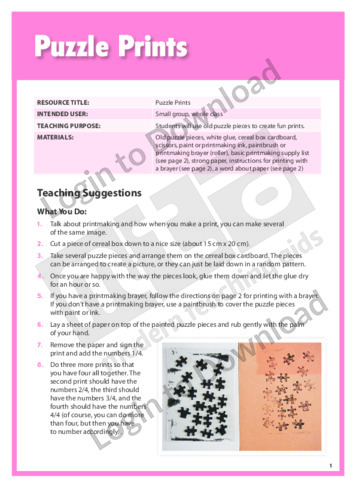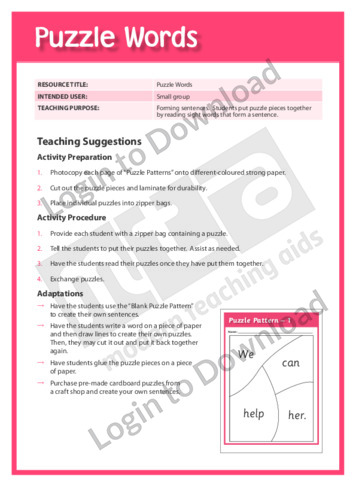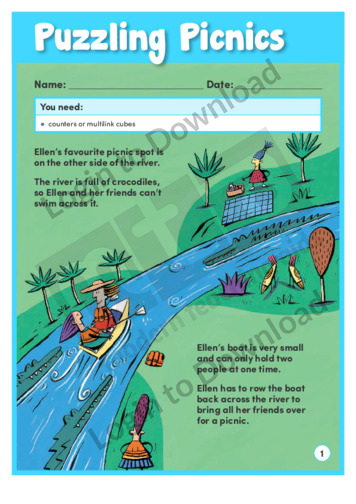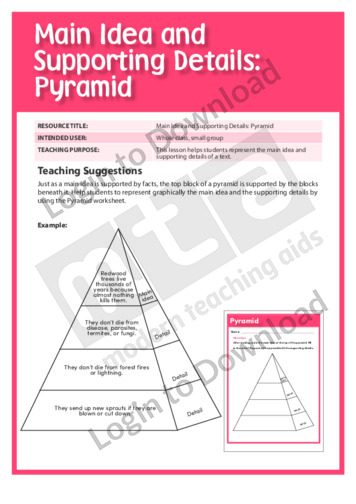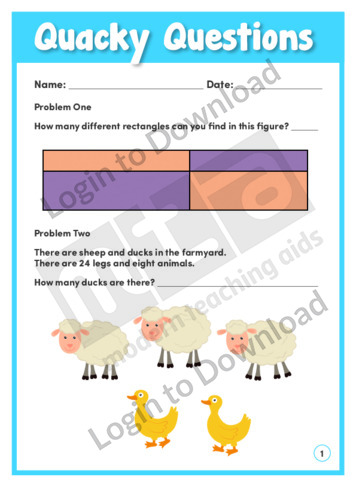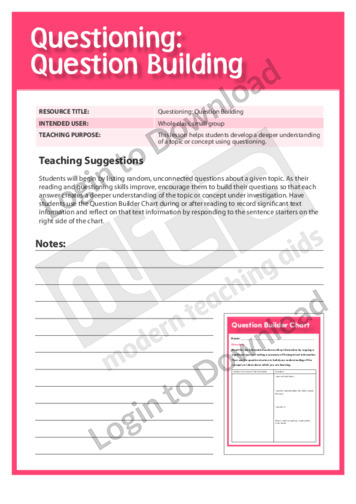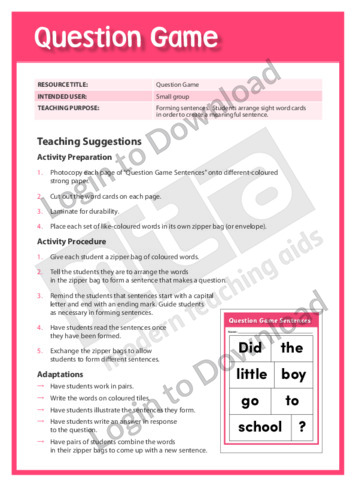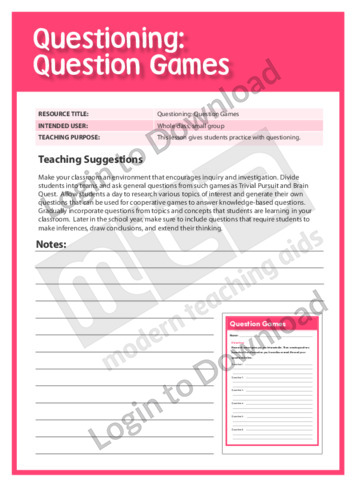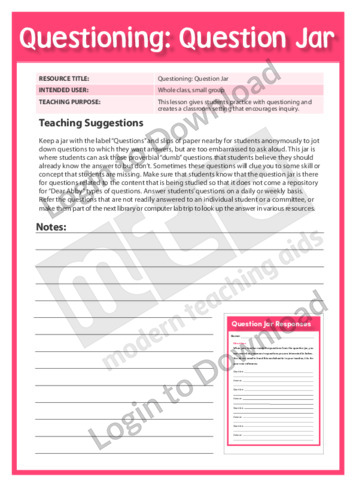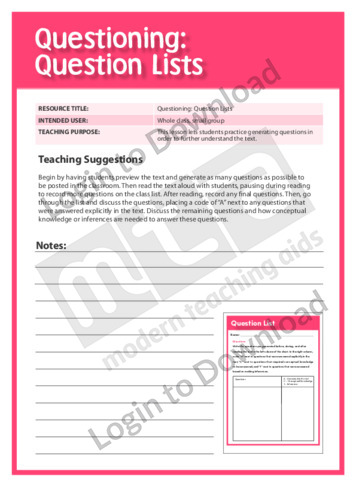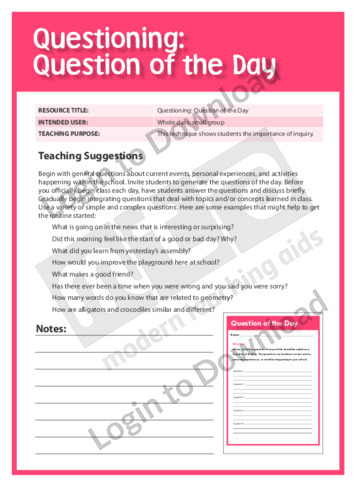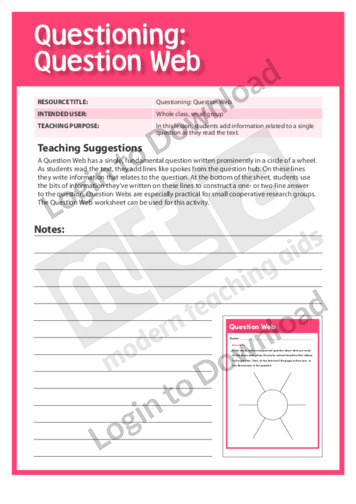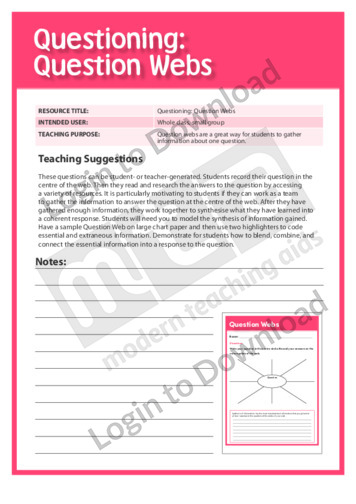This Writing Traits activity ‘Illustration and Page Layout’ encourages students to determine the best items to illustrate their written work and create illustrations to accompany their writing.
This Writing Traits activity ‘Making Picture Diagrams’ encourages students to identify the usefulness of picture diagrams and to make their own.
This Writing Traits activity ‘Maps and Diagrams’ encourages students to present writing in a manner that enhances the reader’s ability to understand and identify the ideas.
This Writing Traits activity ‘Page Layout’ encourages students to present writing in a manner that enhances the reader’s ability to understand and identify the ideas.
This content area reading learning activity, ‘Preview and Predict,’ helps students make predictions while reading nonfiction texts. It is aimed at enhancing students’ comprehension of the text through the use of prior knowledge and previewing the text.
This content area reading learning activity ‘Preview and Predict’ allows students to develop their critical thinking skills by asking them to use the title, cover and illustrations of a book to predict what they might learn from reading it. Students are then asked to create their own cover, title and illustrations for the book to …More
This content area reading learning activity, ‘Preview and Self-Question,’ is a useful strategy for introducing nonfiction texts. It encourages students to look at the title of the book, the illustrations, and any margin notes or captions before reading and have them ask questions they think will be answered by their reading.
This content area reading learning activity, ‘Previewing and Predicting,’ develops students’ skills in predicting information when previewing a text. It has students record their experiences related to a topic and their predictions about the text in a chart before reading.
This content area reading learning activity, ‘Previewing and Self-Questioning,’ helps students make connections with their prior knowledge. It is aimed at helping students develop methods in recalling information by having them answer questions and gather information from the text before and during reading.
This content area reading learning activity, ‘Previewing the Text,’ activates student’s prior knowledge, provides a glimpse into what he or she will be learning and highlights the text structure being used. It is aimed at enhancing students’ comprehension by familiarising them with the graphic features used in the text before they read it.
This graphic organiser, ‘Prewriting with Peers’ supports students in planning writing using brainstorming as a prewriting strategy.
This Beginning Maths activity, ‘Primary Colours’ encourages students to explore, compare and classify.
The game, ‘Primates’ provides opportunities for students to discuss and understand the concept of prime numbers as they find factors. Students need to discuss the result of each game with their partner to determine who won, and why they won. An answer sheet is provided and includes teaching notes with suggestions for supporting learning and …More
This content area reading learning activity, ‘Prior Knowledge,’ helps students connect new information to their prior knowledge. It has students identify their prior knowledge on the topic they will be reading about and what they think they will learn based on previewing.
This graphic organiser, ‘Probability Tree’ helps students arrange information while solving problems.
This graphic organiser, ‘Probability Tree and Dice’ asks students to experiment with probability using dice and record their findings.
This graphic organiser, ‘Problem Solving Pictures’ supports students to solve maths problems through drawing pictures of the details.
This graphic organiser, ‘Problem Solving Subtraction Pictures’ supports students to solving subtraction problems through drawing pictures.
This content area reading learning activity, ‘Problem/Solution and Service Learning,’ familiarises students with the problem/solution structural pattern. It encourages students to think of a problem that impacts a particular audience and identify solutions for that problem.
This graphic organiser, ‘Proof Points’ helps students clarify their opinions and form new solutions.
This Writing Traits activity, ‘Proofreading Writing’ encourages students to proofread a piece of text for spelling and punctuation errors.
This content area reading learning activity, ‘Pros and Cons,’ helps students identify pros and cons. It is aimed at teaching students how to select and capture significant information from a text.
This graphic organiser, ‘Protagonist and Antagonist Diagram’ asks students to think about similarities and differences in characters from a text.
This graphic organiser, ‘Protagonist and Antagonist Diagram for Harry Potter and the Philosopher’s Stone’ asks students to examine the similarities and differences in the protagonist and antagonist in Harry Potter and the Philosopher’s Stone by J.K. Rowling.
This Readers Theatre activity, ‘Protect the Pond’ encourages students to identify and assess problems or concerns and propose solutions. It also builds reading fluency. This activity includes a script for 5 readers.
This content area reading learning activity, ‘Prove It,’ helps students make predictions while reading nonfiction texts. It is aimed at developing students’ skills in previewing and predicting by having them determine which of their predictions were true after reading the text.
This art project ‘Pumpkin Seed Mosaic’ enables students to create mosaics from pumpkin seeds. It is aimed at developing students’ awareness of basic artistic procedures. It provides a list of materials, easy-to-follow step-by-step art instructions and a list of recommended art books.
This Readers Theatre activity, ‘Pumpkins’ encourages students to use prior knowledge and experience to understand and respond to new information. It also builds reading fluency. This activity includes a script for 5 readers.
This learning activity, ‘Punching Numbers’, encourages students to connect rules involving repeated multiplication to their geometrical representation on a hundreds board. An answer sheet is provided and includes teaching notes with suggestions for supporting learning and further exploration.
This spelling activity, ‘Punctuation’ provides opportunities for practice with correctly punctuating sentences.
This spelling activity, ‘Punctuation’ provides opportunities for practice with correctly punctuating sentences.
This spelling activity, ‘Punctuation’ provides opportunities for practice with identifying the function of punctuation in a sentence.
This content area reading learning activity, ‘Purpose and Preface,’ helps students understand the purpose of the preface and introduction of the book. It is aimed at teaching students how to use the preface to identify the background of the book, the major topics to be covered, the tone and whether or not they would keep …More
This content area reading learning activity, ‘Put in Order,’ helps students learn the vocabulary for chronological, logical, and sequential order. It encourages students to retell the steps of an activity they are familiar with, such as making a sandwich, playing a game, sharpening a pencil, etc.
This graphic organiser, ‘Putting a Cap on Capitalisation’ provides students with the opportunity to identify and categorise proper nouns.
This graphic organiser, ‘Putting a Cap on My Secret Pal’s Capitalisation’ provides students with the opportunity to identify and categorise proper nouns in their draft letter writing.
Students will enjoy helping Millie and Herbie solve their counting problems on this learning activity, ‘Putting Numbers to Work’. The problems involve operations with numbers to 100. An answer sheet is provided and includes accompanying teaching notes with suggestions for supporting learning and further exploration.
The learning activity ‘Putting Pens to Paper’ concerns the numbers of animals in pens at a zoo. Students need to use their knowledge of solving equations to determine how many animals are in each pen. They can make another similar problem for a classmate to solve. An answer sheet is provided and includes accompanying teaching …More
This art project ‘Puzzle Piece Picture Frame’ enables students to decorate picture frames with old puzzle pieces. It is aimed at developing students’ awareness of basic artistic procedures. It provides a list of materials, easy-to-follow step-by-step art instructions and a list of recommended art books.
This graphic organiser, ‘Puzzle Pieces’ builds students’ vocabulary as students identify compound words and define them.
This graphic organiser, ‘Puzzle Pieces’ supports students in developing their writing skills and structuring complete sentences.
This graphic organiser, ‘Puzzle Pieces for Shel Silverstein’ asks students to identify compound words in the poem Wild Strawberries from Shel Silverstein’s A Light in the Attic.
This art project ‘Puzzle Prints’ enables students to create fun prints using old puzzle pieces. It is aimed at developing students’ awareness of basic artistic procedures. It provides a list of materials, easy-to-follow step-by-step art instructions, a list of printmaking supplies, instructions on how to use a brayer (roller) and a recommended art book.
This reading activity, ‘Puzzle Words’ supports reading development by encouraging students to put puzzle pieces together by reading sight words that form a sentence. It is aimed at developing students’ awareness of forming sentences. It provides puzzle pattern templates and a blank puzzle pattern template.
Puzzling Patterns’ is a learning activity that presents students with some of the patterns that can be formed with tiles and counters. Students identify the patterns and explain why they work. An answer sheet is provided and includes accompanying teaching notes with suggestions for supporting learning and further exploration.
This learning activity, ‘Puzzling Picnics’, presents a river-crossing problem that encourages students to describe number relationships and identify a pattern. An answer sheet is provided and includes teaching notes with suggestions for supporting learning and further exploration.
This learning activity, ‘Puzzling Shapes’, asks students to find fractions of sets in a plate of biscuits and fractions of regions in various shapes. An answer sheet is provided and includes teaching notes with suggestions for supporting learning and further exploration, as well as cards for a Fraction Memory game.
This content area reading learning activity, ‘Pyramid,’ helps students identify the most important information in a text. It is aimed at helping students remember the important information in a text by having them record it in a graphic organiser.
This content area reading learning activity, ‘Pyramid,’ helps students represent the main idea and supporting details of a text. It encourages students to think of the main idea as the top block of a pyramid, which is supported by the blocks beneath it (facts).
The amusing learning activity ‘Quacky Questions’ has some interesting problems for students to solve, such as: How many legs are there in a group of sheep and ducks? How can you share pizzas to distribute the olives fairly? Students try out different strategies as they solve and discuss the problems. An answer sheet is provided …More
This content area reading learning activity, ‘Question Building,’ helps students develop a deeper understanding of a topic or concept. It has students record significant text information and reflect on that text information by responding to the sentence starters.
This reading activity, ‘Question Game’ supports reading development by encouraging students to arrange sight words to form meaningful sentences. It is aimed at developing students’ awareness of forming sentences. It provides question game sentence sheets.
This content area reading learning activity, ‘Question Games,’ gives students practice with questioning. It is aimed at helping to create a classroom environment that encourages inquiry and investigation by having students answer questions that require them to make inferences, draw conclusions and extend their thinking.
This content area reading learning activity, ‘Question Jar,’ gives students practice with questioning. It gives students an opportunity to anonymously jot down questions to which they want answers, but are too embarrassed to ask aloud.
This content area reading learning activity, ‘Question Lists,’ gives students practice with generating questions in order to further understand the text. It is aimed at helping students understand how conceptual knowledge or inferences are needed to answer these questions.
This content area reading learning activity, ‘Question of the Day,’ shows students the importance of inquiry. It has students answer and generate questions about current events, personal experiences and activities happening within the school.
This content area reading learning activity, ‘Question of the Week,’ helps students strengthen their reading skills. It is aimed at helping to create a classroom environment of curiosity and inquiry.
This content area reading learning activity, ‘Question Web,’ has students add information related to a single question as they read the text. It is aimed at helping students develop skills in questioning and is especially practical for small cooperative research groups.
This content area reading learning activity, ‘Question Webs,’ helps students gather information about one question. It is aimed at teaching students how to blend, combine and connect the essential information into a response to the question.
It�s that easy!

